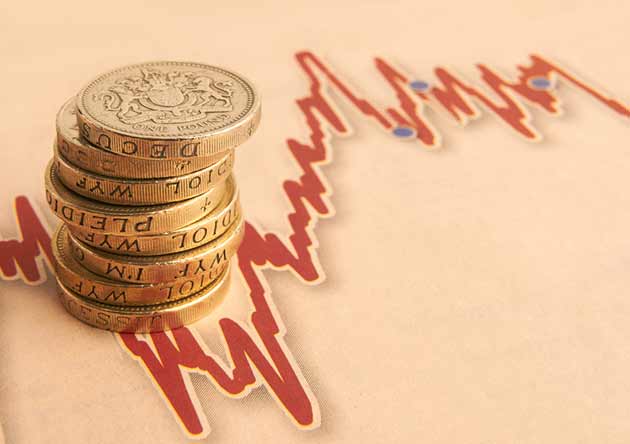
There are two key events on the British economic calendar this week that are likely to influence demand for the Pound. The first is Wednesday’s minutes report from the Bank of England and the second is Friday’s second quarter UK GDP report.
The Monetary Policy Committee (MPC) voted to leave interest rates on hold at the current record low of 0.50% during the July meeting. This was widely expected. But for the first time in a long time there is actually a little bit of excitement surrounding the vote. Recent hawkish statements from some MPC policymakers suggested that the time for the first BoE rate hike is quickly approaching. If any policymakers are shown to have voted for a rate hike in July then it will likely give the Pound a significant boost against its major rivals. Failing that Sterling will need a fresh set of upbeat comments if it is to strengthen following the report on Wednesday morning.
On Friday morning the Office for National Statistics (ONS) is due to announce its second quarter UK GDP numbers.
It is forecast that the British economy registered a 0.8% expansion between April and June and that economic output accelerated at an annualised rate of 3.1% during that time.
Whilst this would be seen as another healthy growth score it is largely priced into the Sterling exchange rate and would therefore have a muted impact on demand for the Pound.
A quarterly GDP reading above 0.8% would likely bolster demand for Sterling but anything below 0.8% could weigh heavily.
Overnight it was reported that UK Rightmove house prices dipped by -0.8% in July but that the average British home is sill up by 6.5% on this time a year ago. The Rightmove index is seen as one of the least important UK housing market indicators and subsequently the Pound remained relatively flat against the majors following the publication.
It was also reported that German producer prices fell by -0.7% during June. But in a similar fashion to the Rightmove housing data the German PPI report only had a minimal impact on the Sterling exchange rate.
The Pound is currently sitting at 1.2630 against the Euro (GBP/EUR) and is less than half a cent off a fresh 2-year high of 1.2676. Meanwhile, Sterling is currently trading at 1.7100 against the US Dollar (GBP/USD) making it close to a cent below a fresh 5.5-year high of 1.7192.
In Europe the main thing to look forward to is Thursday morning’s PMI numbers.
The composite purchasing managers index of private sector output across the Eurozone is predicted to remain at 52.8 but indicators for German manufacturing and services are estimated to have slowed slightly this month. Barring a drastically higher or lower set of PMI readings, the Pound to Euro exchange rate (GBP/EUR) is not likely to deviate significantly following the releases.
In the United States the most important data release is Tuesday’s CPI inflation index. If US inflation prints at 2.0% as predicted then it will likely give the ‘Greenback’ a slight boost. However, any reading above 2.0% will likely be seen as a bullish indicator for the US Dollar.

Comments are closed.